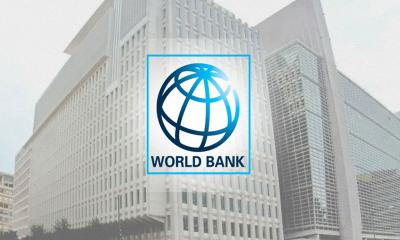- 13,000 chemicals in plastics products
- 7,000 have potential adverse impact
- 3,200 have hazardous properties
- 5,000 plastic factories in the country
- Plastic products market size $3 billion
More than 3,200 chemicals used in plastic are hazardous and have one or more properties associated with cancer and other disorders, according to a latest United Nations Environment Programme (UNEP) technical report.
The report titled "Chemicals in Plastics: A Technical Report" was released on May 8 by the United Nations Environment Programme (UNEP) in cooperation with the Secretariat of the Basel, Rotterdam and Stockholm Conventions.
Scientists identified more than 13,000 chemicals are linked with plastics and plastic production.
Extensive scientific data on the potential adverse impacts of about 7,000 substances associated with plastics show that more than 3,200 of them have one or more hazardous properties of concern, the report reads.
These chemicals get quick access in environment and human health, damage human nervous system, fertility, and bring changes in hormone.
Now a days, everyday life is heavily dependent of plastic products. In every home and office, whether it be furniture or water bottles, is in use.
Children and female are more vulnerable to toxicity. Children play with the toys and other materials contain toxic chemical. Female are vulnerable on several different period of their life.
“Exposures can have severe or long-lasting adverse effects on several key period of a women’s life and may impact the next generations,” the report also reads.
Children exposed to those toxic chemicals by inhaling and eating which affects brain development and lead to behavioral problems.
Chemicals of concern have been found in plastics across a wide range of sectors and products value chains, including toys and other child products, packaging, electrical and electronic equipment, vehicles.
Those are also found in synthetic textiles and related materials, furniture, building materials, medical devices, personal care and household products, and different stage of value chain in agriculture as well as fisheries.
Chemicals of concern can be released from plastic along its entire life cycle, during not only the extraction of raw materials, production of polymers and manufacture of plastic products, but also the use of plastic products and at the end of their life.
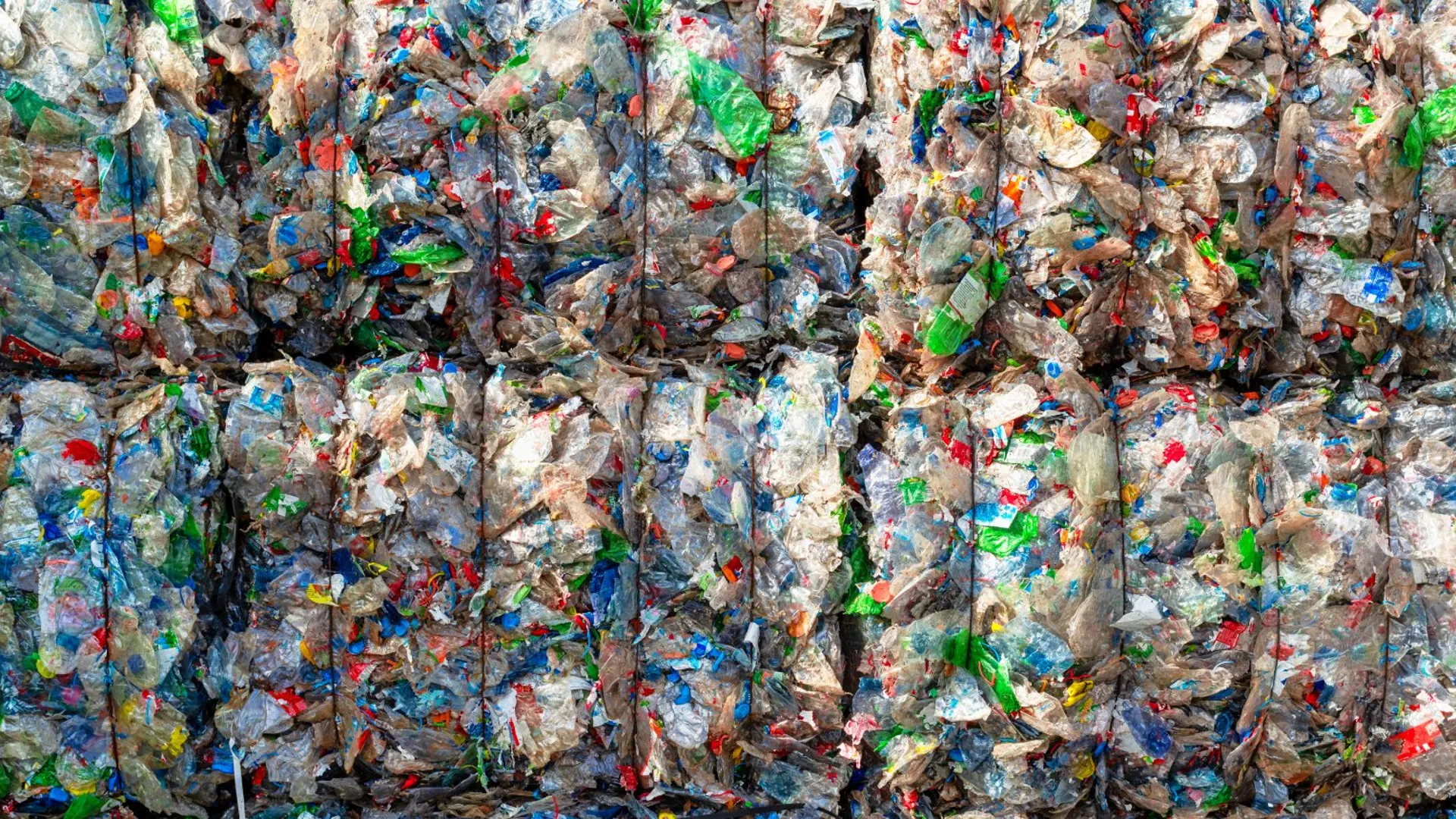
When the waste is not properly managed, finding their way to the air, water and soils. Research show the plastic needs several hundred years, some plastic needs several million years to get praised according to their properties.
Some chemicals can pose significant challenges to technological solutions to plastics recycling and material circularity due to toxicity.
In February 2022, the United Nations Environment Assembly adopted a resolution to develop an international legally binding instrument on plastic pollution, including in the marine environment with the ambition to complete the negotiations by end of 2024.
The instrument will be prepared in four sessions of Intergovernmental Negotiating Committee (INC). The second round of negotiation (INC-2) took place in Paris, France between May 29 and June 2. The next session will be held in Nairobi between November 13 and 19.
Dr Shahriar Hossain, secretary general of the Environment and Social Development Organization (ESDO) participated in the last session of negotiation as an observer. “We have no alternative but to impose a ban on production, marketing, and use of all types of single use plastic products. Simultaneously, we have to come to a solution on how we can reduce other plastic products and stop transboundary waste flow,” he said.
According to a 2021 ESDO study title "Transboundary movement of plastic waste: Situation of Bangladesh "Bangladesh produces around 3000 tonnes plastic waste. However, the Padma, Meghna and Jamuna- the three mighty rivers carry 73,000 tonnes of plastic waste everyday to the Bay of Bengal over Bangladesh.
The waste comes from India, China, Nepal, Myanmar and Bhutan. India is the second highest mismanaged plastic waste generator in the world while China is the fifth.
These three rivers flow 11.20 lakh kilometer on their way to the Bay of Bengal. Of them 7 per cent flow over Bangladesh.
“Taking the geographical situation of Bangladesh into account, we need to work more for stopping transboundary waste movement. Our ultimate goal will be to achieve an internationally legally binding document from the negotiation, Shahriar said.
It has been estimated that the market size of Bangladeshi plastic industries is near about $3 billion, of which $2.2 billion is domestic and $0.8 billion is exported, according to a 2021 report of Korean Society of Environmental Engineers. The market is expected to increase in the future.
Industry insiders said about 5,000 companies, mostly small, are producing different types of plastic products while the waste collection system in the country is still traditional.
Many items of single-use plastic, especially multilayered sachets are not recyclable. Research shows that a maximum of 36 per cent other plastic waste is recycled in Bangladesh while others pollute air water and soil, and create complexity in human health. Sometimes it causes death and reduces life expectancy.
After publishing the technical report, Martin Wagner, associate professor of the Norwegian University of Science and Technology told this reporter “What we learned from the research is that some plastic products contain few chemicals that are not toxic but most of the plastic products we look at have toxic chemicals.”
“So, we need to redesign, take out those toxic chemicals and replace them with other chemicals which are not toxic.
“It can be done that will cost a lot of money, a lot of research and also define the border of safe chemicals and I think there is a needs for massive kind of change in the wave in making plastic," he said.
“We are really here to have governments understand the problem of plastic pollutants which is a very complex and scientific problem. Our goal is to talk to politicians, talk to decision makers, and give them evidence on plastic pollution to have them correct decisions.
“The policy makers need to understand that they should do something about oddest chemicals for plastic," he added.
However, in an interview with this reporter on May 31, Mohammed Khashashneh, vice-chair of INC and general secretary of Jordan’s Ministry of Environment told this reporter "small island states, developing countries and some developed countries have shown integrity. Plastic pollution does not differentiate between developing and developed countries. We are all living on this planet. That is why we need to have strong measures to stop plastic pollution by 2040.”
"We are not attacking plastic production or sale. We just want to stop plastic pollution. Of course, it can impact production a little bit but we have scientists across the globe to find the solution. We are hopeful to prepare a zero draft here for the next INC session,” he said.
According to another UNEP report published on May 16, reuse will reduce plastic pollution by 30 per cent and recycling will reduce 20 per cent in a circular economy while sustainable alternatives will reduce it by 17 per cent.
It also said, 30 per cent of short-lived plastic products are avoidable and can be reduced.
They are well aware and keeping themselves in touch with different members of different international and regional associations,” said Shamim Ahmed, president of Bangladesh Plastic Goods Manufacturers and Exporters Association (BPGMEA).


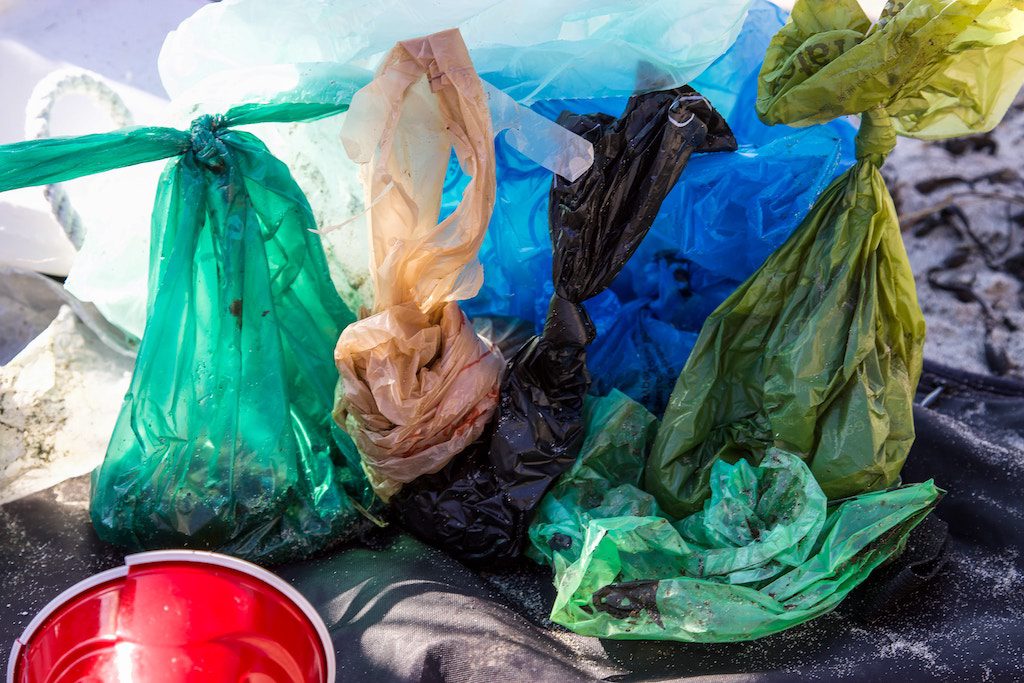

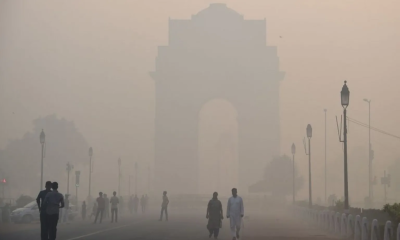
-20251226051932.jpeg)
-20251222051606.jpeg)
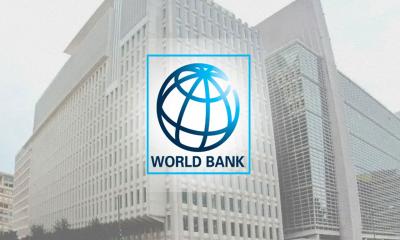
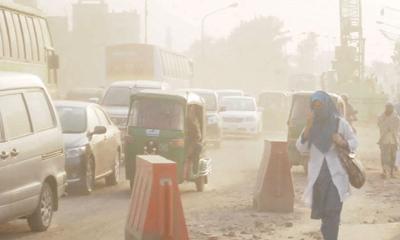

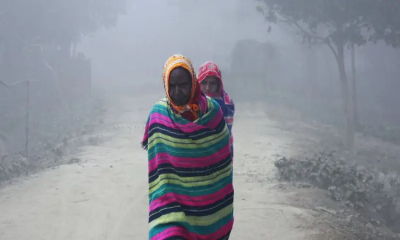















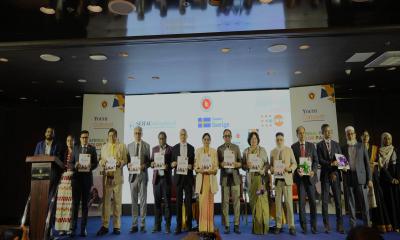

-20251227141313.jpeg)







